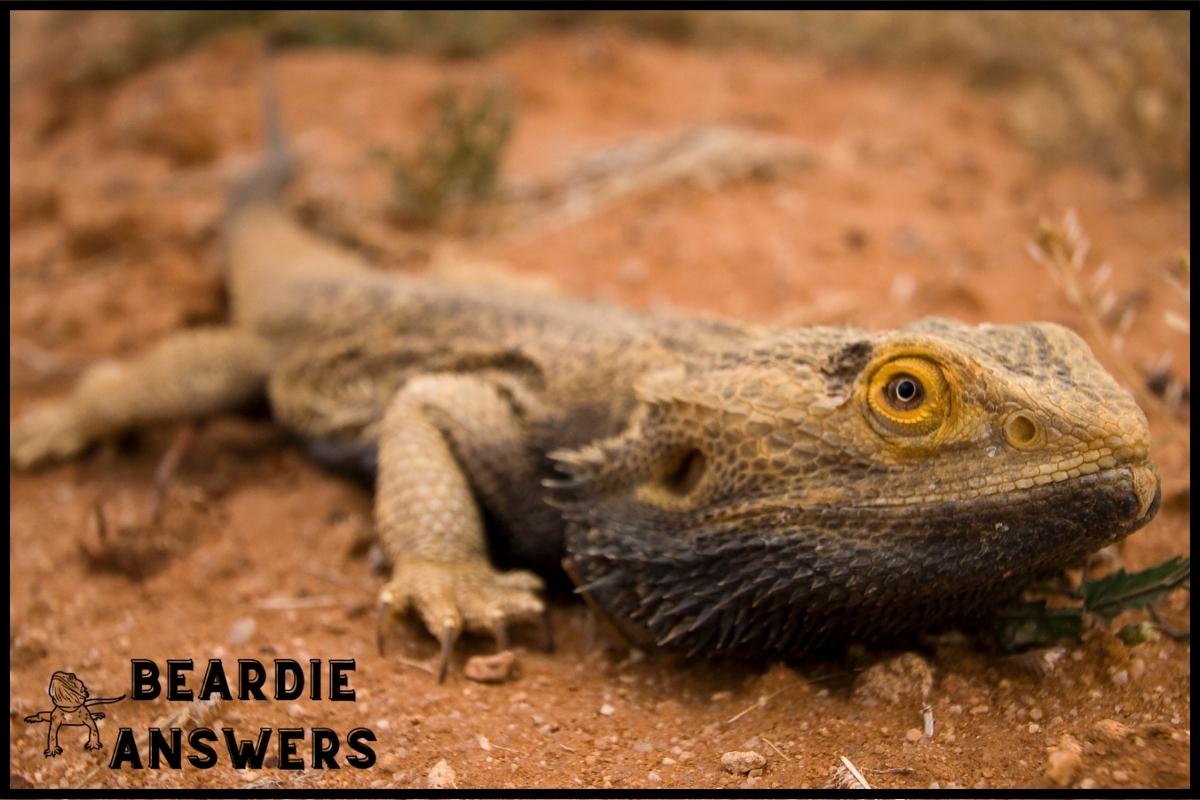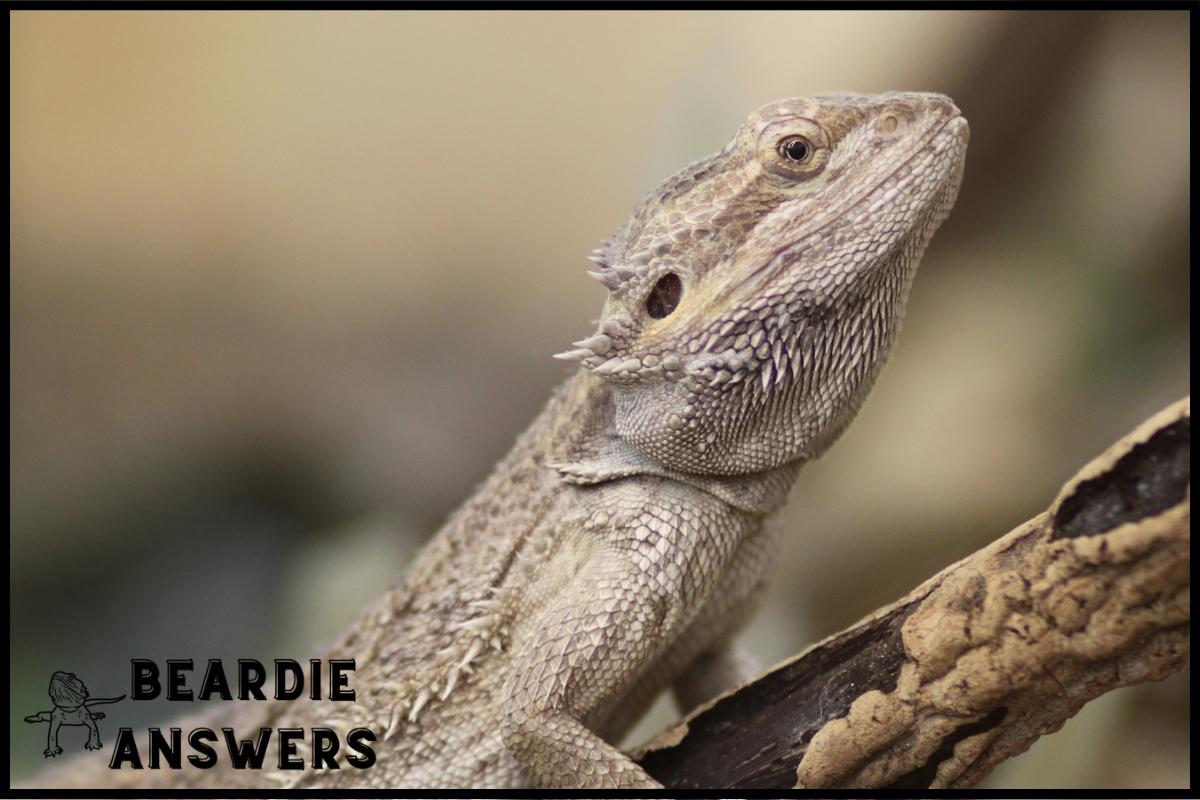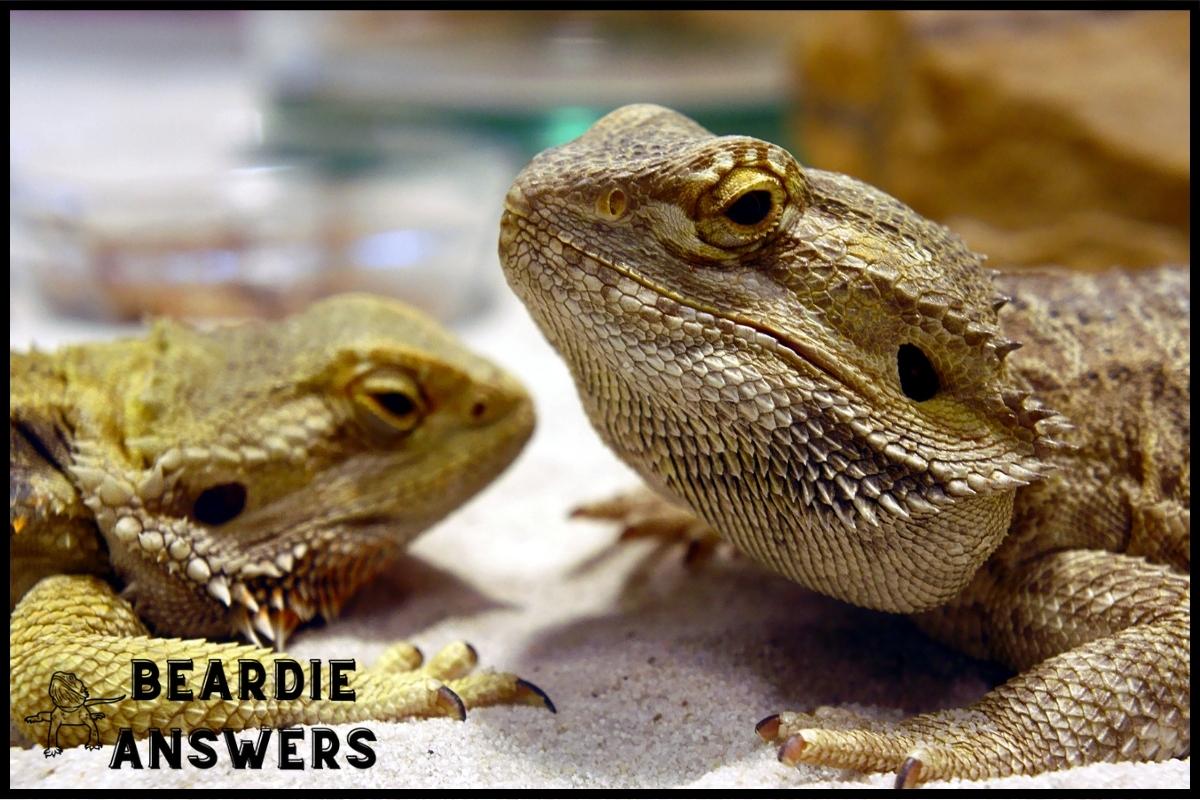Bearded Dragons don’t pee in the same way most other species do. Instead of producing liquid urine, these unique reptiles produce a urate, which is a solid waste product. This urate is made up of various minerals, proteins, and other waste products filtered out by the kidneys. This excretion process is very different from that of other animals and can often be confusing for first-time owners. Fortunately, understanding the anatomy of urination in bearded dragons can help to decipher the behavior and ensure that your pet is healthy and hydrated.
What You'll Learn
How Do Bearded Dragons Pee?
The Anatomy of Urination in Bearded Dragons
Bearded dragons are unique in the way they go about urinating. Unlike most other species, they don’t produce liquid urine. Instead, their kidneys filter out waste products and eliminate them in a solid white block known as urate. This is the main form of urine that bearded dragons expel and it can be found in their droppings or on the surface they live on.
Bearded dragons also have an additional form of urine that is expelled from the cloaca, which is the opening located at the base of the tail. This type of urine is much more concentrated, and it’s usually expelled when a bearded dragon feels threatened or stressed.
Knowing the anatomy of urination can help you identify any potential health problems in your beardie and ensure they’re healthy.
How to Identify Bearded Dragon Urine
Understanding how to identify bearded dragon urine is key to understanding the health of your pet.
Bearded dragon urine will usually appear as a white, chalky substance that may be mixed in with fecal matter. It is important to monitor the appearance and frequency of your bearded dragon’s pee as changes in either of these can indicate health issues.
To properly identify bearded dragon urine, look for a white, chalky substance that is separate from fecal matter. It should also have a distinct smell and appear as a solid block. If your bearded dragon’s pee appears yellow or watery then it is likely a sign of poor health (more on this below).
How Often Do Bearded Dragons Pee?
Baby bearded dragons, under 3 months old, will typically pee anywhere from 1 to 3 times a day. As they grow, their frequency of urination decreases. Adult bearded dragons will usually only pee once every other day.
On average, you should expect your bearded dragon to pee approximately once a day. This can vary depending on the age and health of the dragon, so it’s important to be aware of signs of a healthy urination pattern.
Factors that Affect Urination
The frequency of urination in bearded dragons can be affected by a variety of factors. These include age, diet, hydration levels, and the amount of calcium in their diet.
As stated above, younger bearded dragons tend to pee more often than adults, so if you own a baby bearded dragon, expect to see more urates in their enclosure.
A diet that is high in fat and protein can lead to frequent urination, so it’s important to ensure that your dragon is getting the right balance of nutrients.
Hydration levels also play an important role in urination frequency. If your dragon is dehydrated, they will pee less often than if they are well-hydrated.
Too much calcium in their diet can also cause problems with urination, so it’s important to make sure you are providing the correct ratio of calcium and phosphorous in their diet.
Signs of a Healthy Urination Pattern
Once you understand how bearded dragons pee, you’ll be better equipped to recognize a healthy urination pattern. Generally, a healthy bearded dragon will pee 1-3 times a day. The “pee” will usually be in the form of urate, which is a dry, white, powdery substance.
Their pee should not have a strong smell and when they do pee and poop, they should do it at the same time.
It is important to monitor the frequency and appearance of your bearded dragon’s pee to ensure they are healthy. If the frequency or the appearance of their pee varies from the norm, it could be a sign of an underlying health problem.
Handling Bearded Dragon Urine
When it comes to handling bearded dragon urine, it is important to remember that it is a waste product and should be treated with caution.
It is best to avoid direct contact with the urate, and use gloves when cleaning any areas that have been in contact with the uric acid.
Make sure to dispose of the waste properly and disinfect any surfaces that have come in contact with the urine.
It is also important to remember that bearded dragon urine can carry bacteria and parasites, so take proper hygiene precautions when handling it.
Cleaning and Sanitation Guidelines
It is important to clean up any urine and feces promptly, as these can contain harmful bacteria and parasites. Urine can be especially harmful as it contains high levels of uric acid.
When cleaning up your bearded dragon’s waste, it is best to use a reptile-safe cleaner and disinfectant. This will help to ensure that any harmful bacteria is killed and will help to keep your environment clean.
It is also important to wear gloves when cleaning up your bearded dragon’s waste, as contact with the waste can cause skin irritation or infection.
Why is My Bearded Dragons Urine Yellow?
It’s ok for bearded dragon urine to be yellow from time to time. However, if the yellow color persists for an extended period of time, it could be a sign of an underlying issue.
Dehydration and high calcium levels are two potential causes of yellow urine in bearded dragons. It is important to be aware of these issues and take immediate action if yellow pee is observed.
To help ensure that your bearded dragon stays hydrated and has the right balance of minerals in its diet, provide fresh water on a daily basis and feed them a variety of foods with the appropriate supplements.
Dehydration
Dehydration is the most common reasons for yellow urine in a bearded dragon. To make sure your dragon stays hydrated and healthy, you should give him/her warm baths every few days or provide water in a shallow bowl.
Also, check the humidity levels in their enclosure as this has an effect on their hydration levels. If the humidity is low, you should use a humidifier to bring it up to the recommended level.
High Calcium Levels
High calcium levels are another possible cause for yellow-colored urine in bearded dragons.
Calcium is essential for the growth and development of the dragon’s bones and teeth, so it is important that they get enough of it in their diets. However, if there is too much calcium in their diet, it can cause the urine to become yellow or even orange.
To prevent this from happening, reduce the times per week you are dusting their food with calcium powder. Make sure their UVB light does not cover their entire enclosure as this can cause their calcium levels to become too high.
Do Bearded Dragons Pee & Poop At The Same Time?
Interestingly, bearded dragons often pee and poop at the same time. It is important to keep an eye out for uric acid being excreted when you notice your bearded dragon doing a poo. Uric acid is the byproduct of the kidneys filtering out waste, so if you see this happening, then you have a healthy pet. If your beardie is having trouble pooping but still urates from their vent, then this could be a sign of an impacted bowel and you should consult a vet.
Key Points
- Bearded dragons do not pee in the same way as humans or other animals, instead, they produce a white solid waste product from their kidney
- Healthy adult bearded dragons should pee several times a day and poop once a day
- Urine production can be affected by factors such as hydration levels, diet, and age
- Urine can indicate health problems such as dehydration or high calcium levels if it appears yellow

Hi! My name is Bryan, I am the “one behind the words” here are BeardieAnswers.com. I believe that providing quality care and nutrition is the best way to ensure the health of your pet. Every beardie is special and deserves the best care and attention. If you have questions about your bearded dragon, please don’t hesitate to ask! View My Full Author Page




